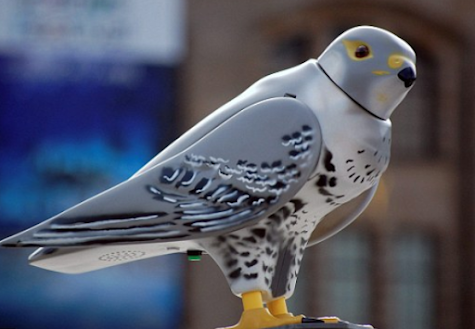Robot Birds | An alternative of drones
As it seems that technology increases day-by-day. Robots are still marginal as tools in ecological research, yet they have tremendous potential for biodiversity sampling, studies of population dynamics and ecosystem functioning, experimental biology, and behavioral studies.
The approach of birds with drones was first started in between March and April 2014 in both semi-captive and natural settings.
If you want to know more about the latest technologies, follow VSquare.
The First Robot-Bird (Pigeon Bot):
The Pigeon may be considered rats of the sky, but many of the scientists have found greater value in these urban birds; the blueprint of the new generation of flying machines.
Birds can modify the shape of their wings by fanning out their feathers or shuffling them closer together. Those adjustments allow birds to cut through the sky more nimbly than rigid drones. Researchers bent and extended the wings of dead pigeons to investigate how the birds control their wing shape.
"A new robotic bird made with real pigeon feathers is the first robot that can change the shape of its wings like a bird by fanning its feathers out or folding them close together".
Feather Formation:
Birds like pigeons change the shape of their wings mid-flight by bending their wrist and finger joints to fold their wing feathers close together or spread them further apart. Besides laying the groundwork for building more graceful drones, "What's really cool about the robot is- We can manipulate in a robot wing that you could never do or want to do in a bird". A controllable robot bird works as an alternative to drones and solves that problem.
Read also:
Robot-Birds | An alternative of drones:
Conclusion:
This invention is for the birds! Nowadays robots have taken a remarkable position in the development of the nation. Researchers are taking inspiration from nature and try to develop novel roots. Progress in many of the basic computing and information technologies has been rapid in recent years, and the committee does not expect the pace of change to slow down in the foreseeable future.
If you Like this Post about the Robot Birds | An alternative of drones then please Like, Share, and Comment your thoughts about this Informative post and Please Follow us to read more about exciting emerging technologies.
Blog Contributed by Nivedita Shivhare:
Contact Us :
Facebook: VSquare_fb
Instagram: VSquare_insta
LinkedIn: VSquare






Comments
Post a Comment